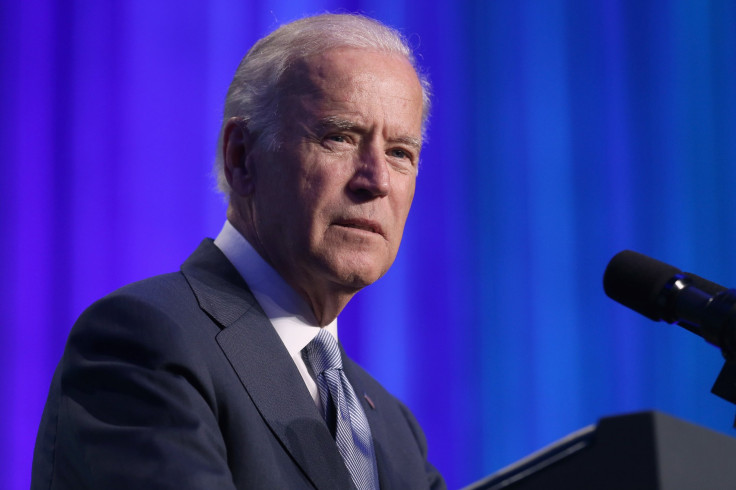Lost a Job? 6 Months of Free Benefits Could Be Yours

Beginning April 1, employers with at least 20 employees will start paying the COBRA health insurance premium for workers who have lost their jobs. The premium payment perk is part of the recently signed American Rescue Plan Act. The free coverage ends September 1, 2021.
Required by law, COBRA requires employers to offer health-care coverage from the company’s own health plan to those they let go for the next 18 months. But COBRA is not cheap and employers aren’t obligated to pay for any of it. Not only can companies decide to have the ex-employee pay the whole monthly premium, they can even charge the former worker a 2% surcharge.
A former employee can qualify for the American Rescue Act Plan perk as long as they weren’t released due to gross misconduct. All they have to do is contact their former employer and say, I want coverage. While the free coverage is meant for those whose employer-provider health plan will lapse as of April 1, it also includes those already enrolled in COBRA; for those whose COBRA has lapsed; and for those who are in the decision-making window, which is 60 days from the day they were let go.
Employers will earn tax credits to make up for the lost revenues.
The original intent of COBRA, or Consolidated Omnibus Budget Reconciliation Act, was to ensure that persons who were terminated or had his or her hours reduced, were entitled to medical coverage. The employer can pick up part of the tab and have the ex-employee pay the rest. If not, the ex-employee is stuck with the whole tab.
And that tab is real money. A single person pays, on average, $600 a month. For a family, it’s nearly 4 times, according to the Wall Street Journal.
While unemployment, countrywide, has eased a bit, tell that to the person who’s been counted in these statistics.
Government data show that the employment population ratio was 57.6% in February, down by 3.5% from February 2020. In February of last year, 5 million people were looking for work; this February, it was 7 million. The people out of work for nearly one-half year total 4.1 million -- up by 3 million since February 2020.
Published by Medicaldaily.com



























